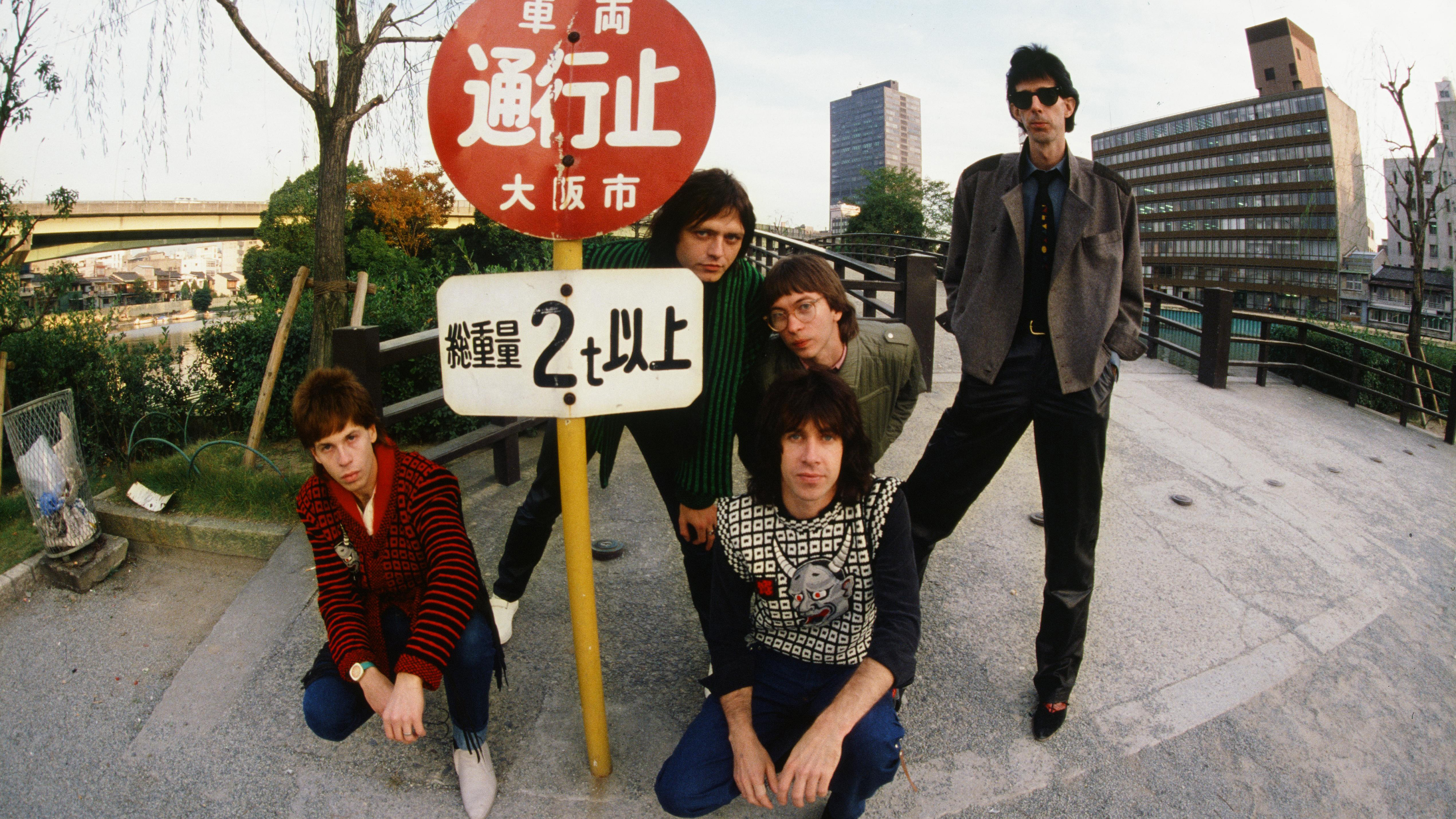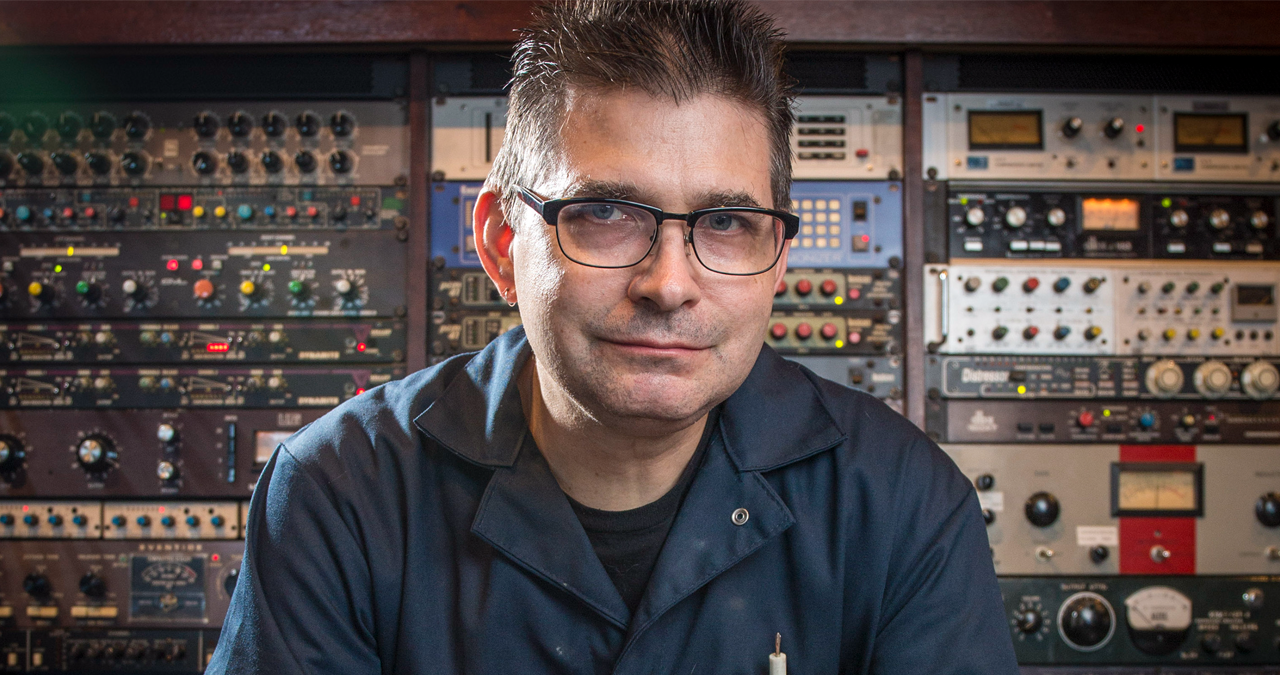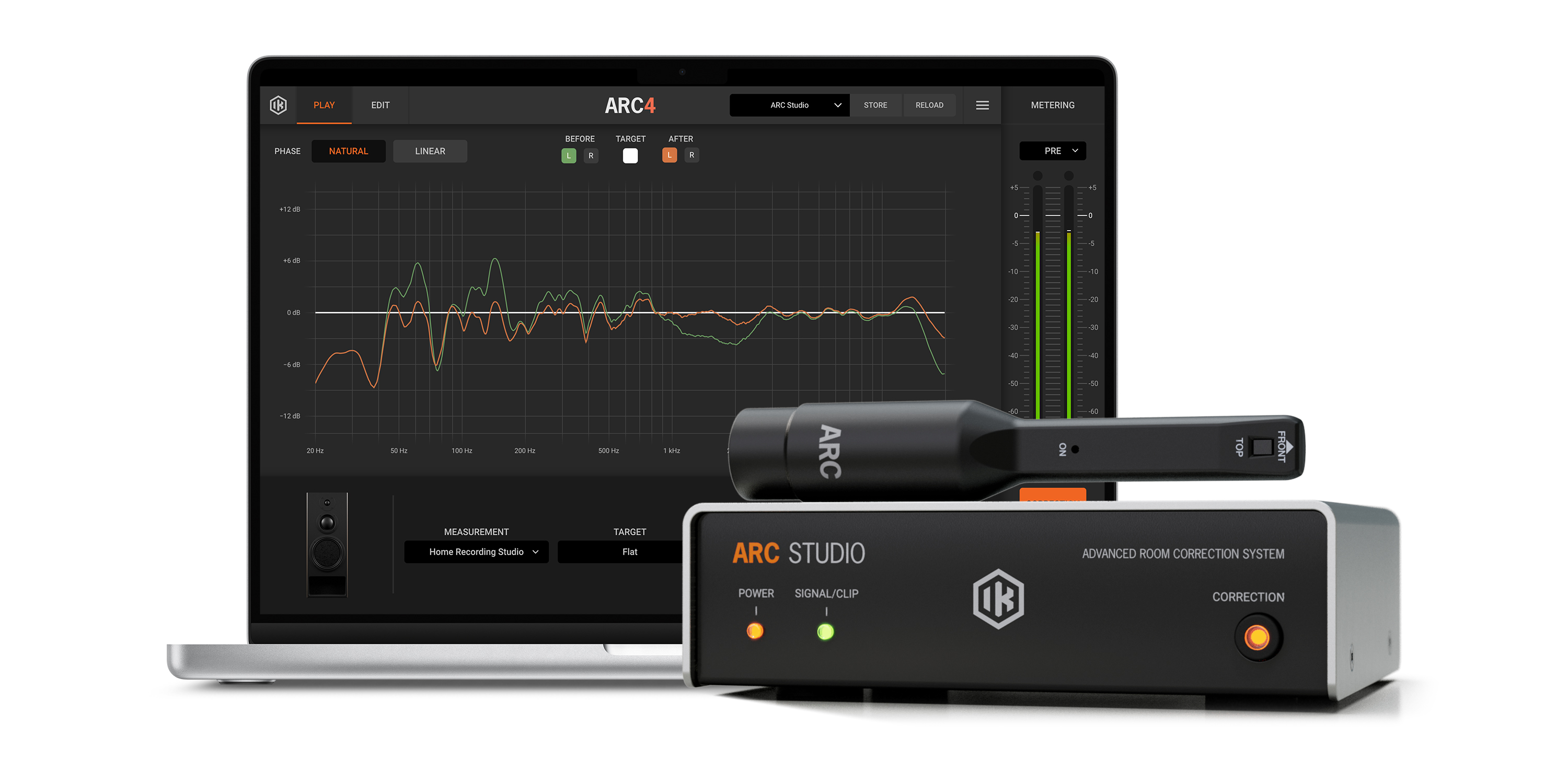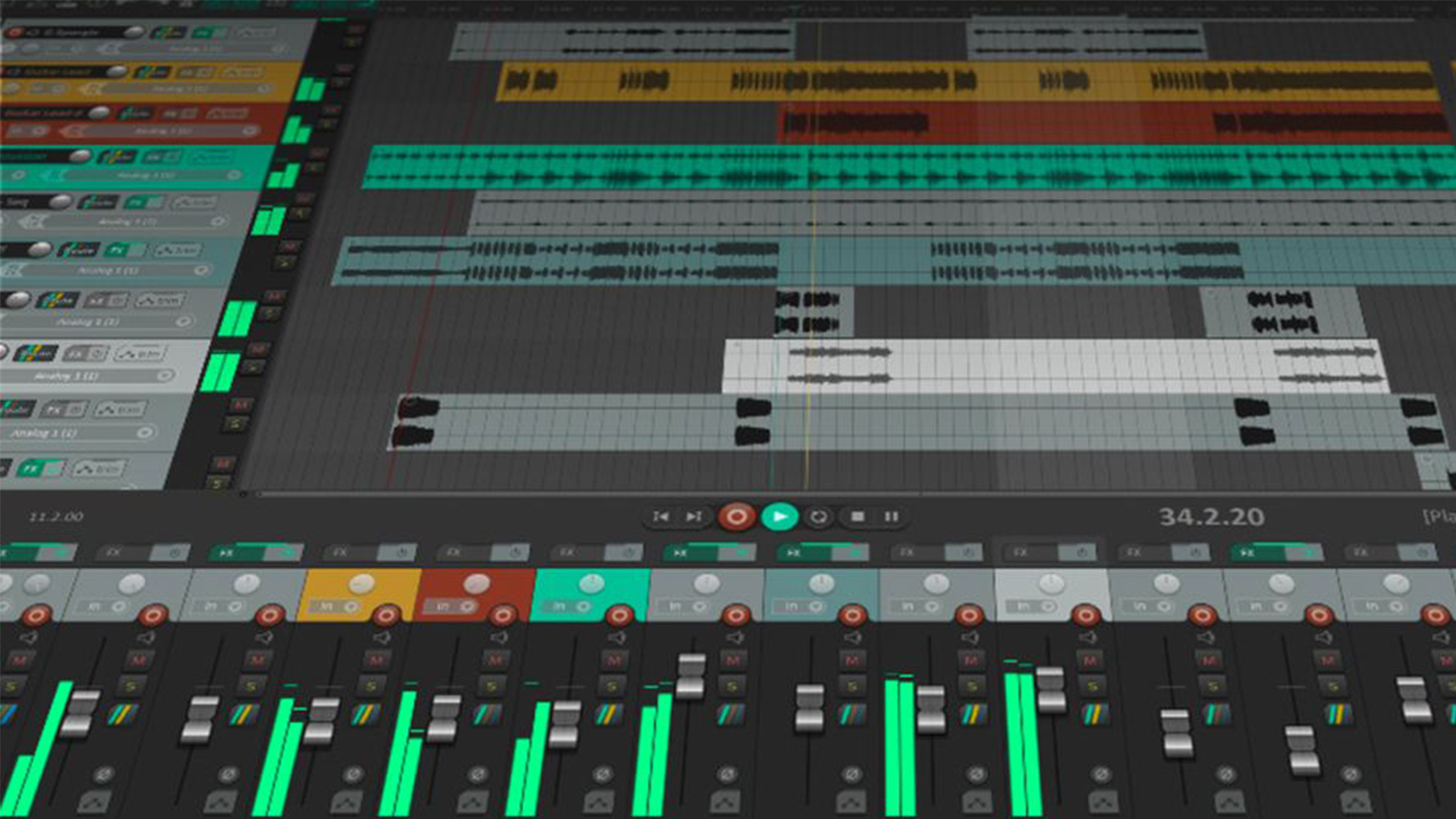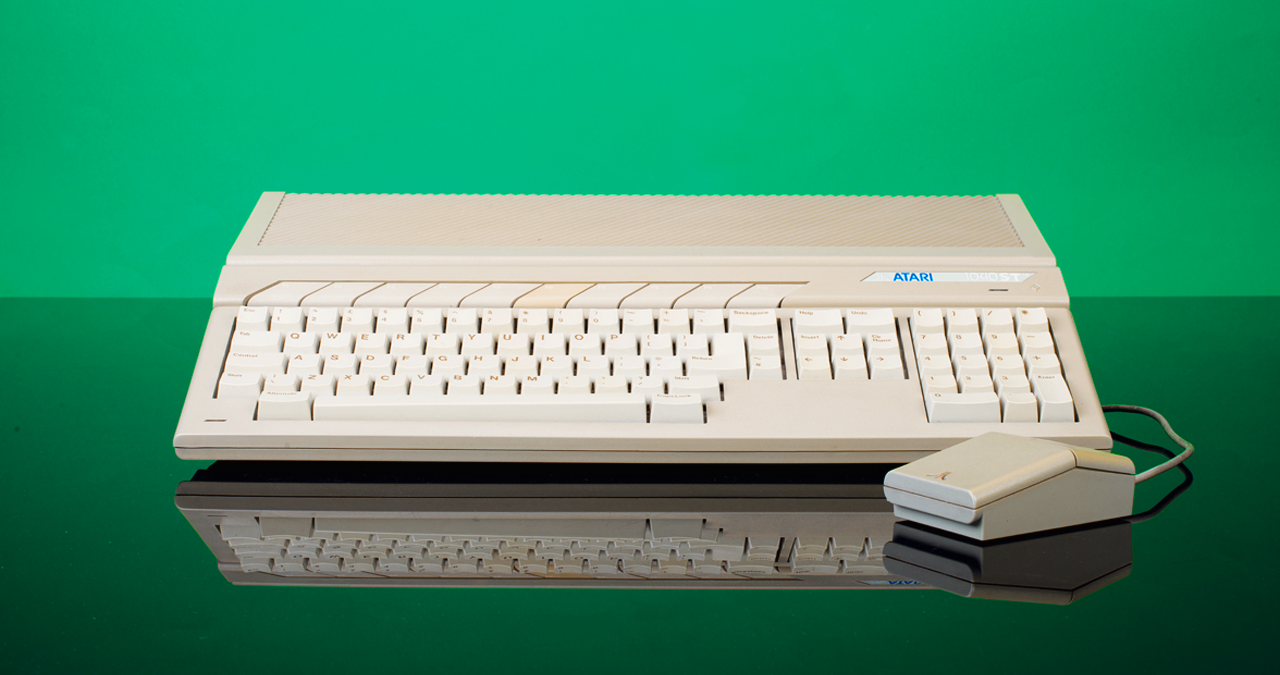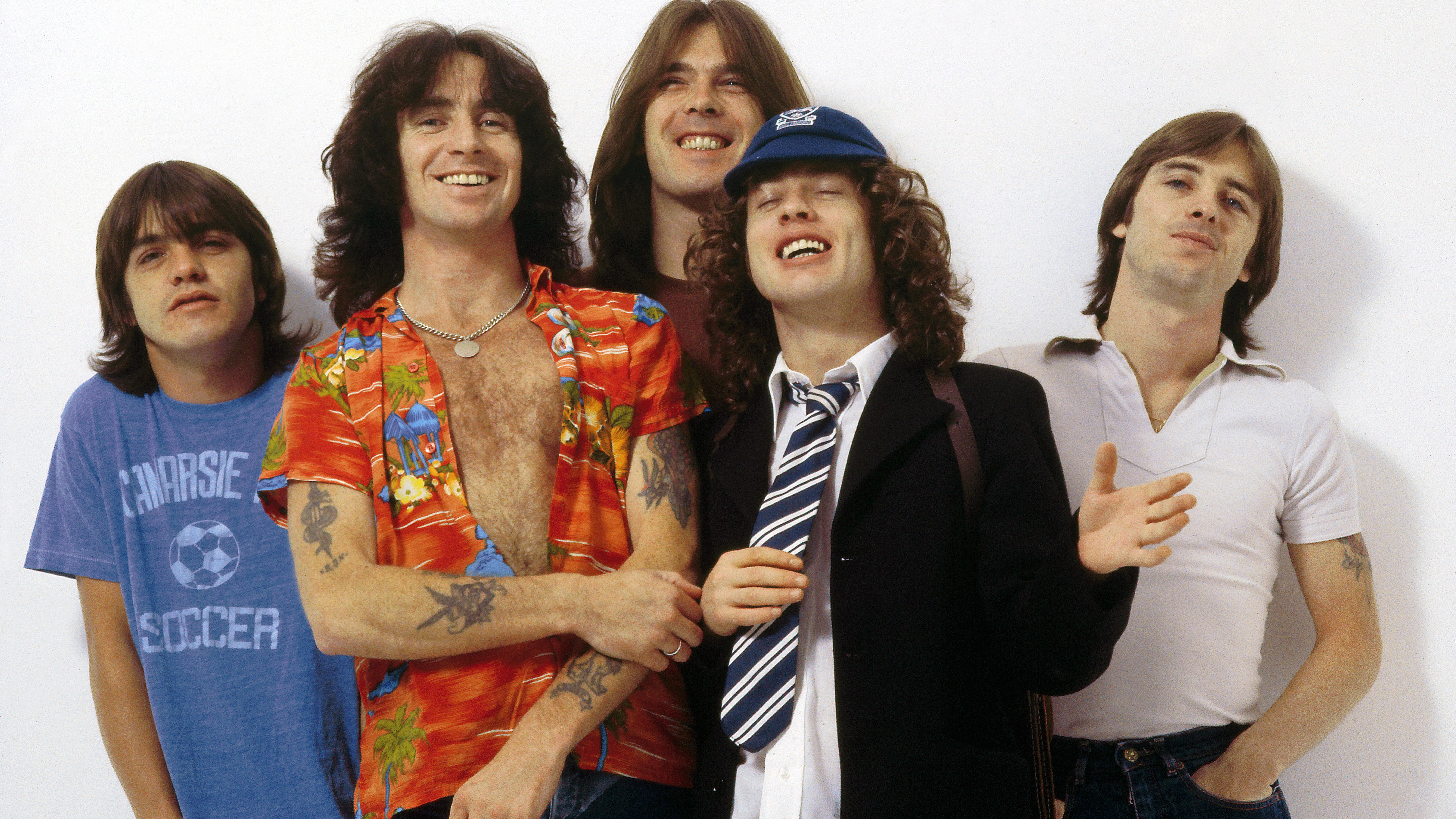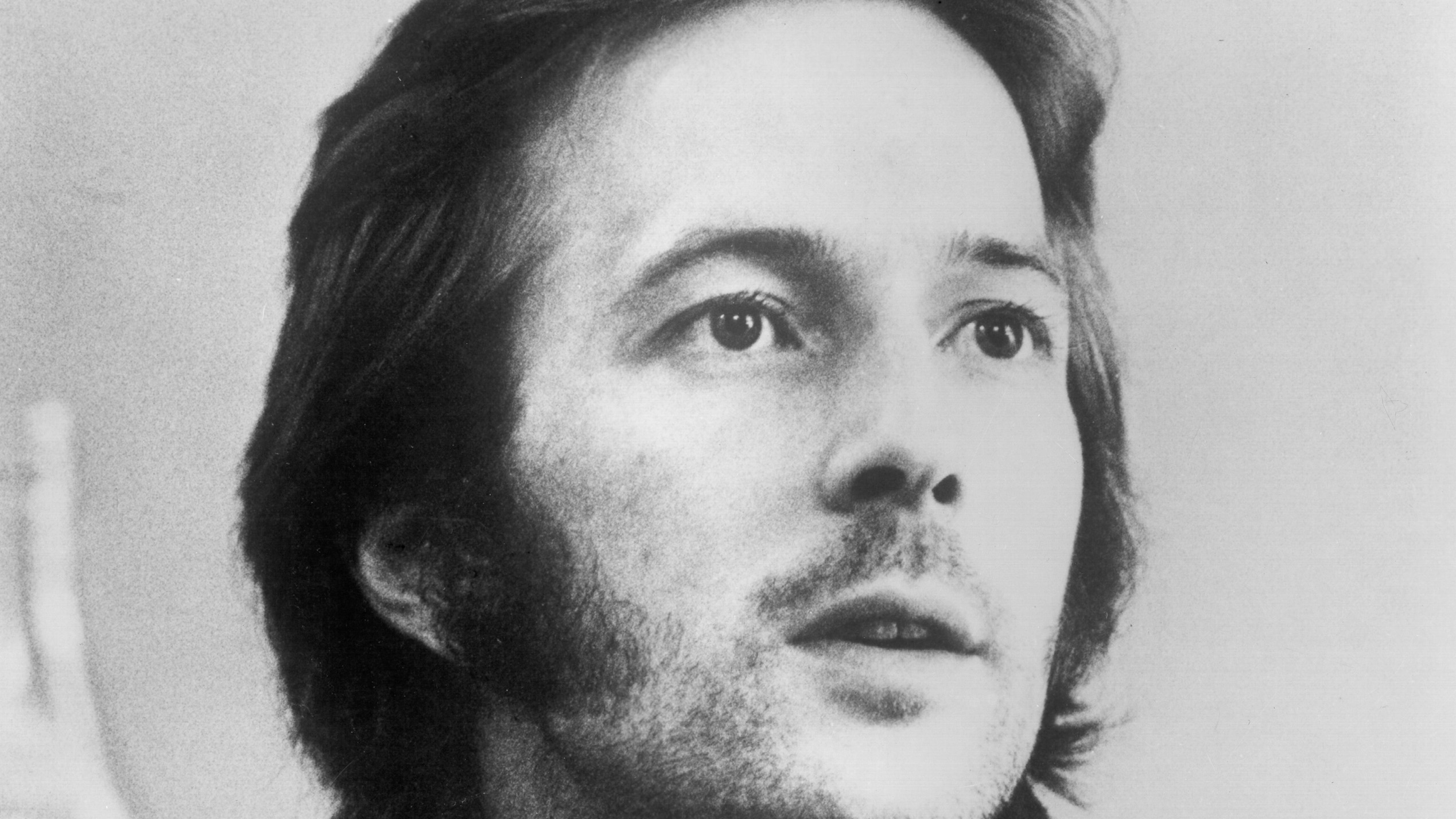“The whole essence of why the sound was so interesting is because it is going from all to nothing in milliseconds”: The classic hit that defined the sound of the ’80s — and features the most famous drum break in rock
How Phil Collins created In The Air Tonight
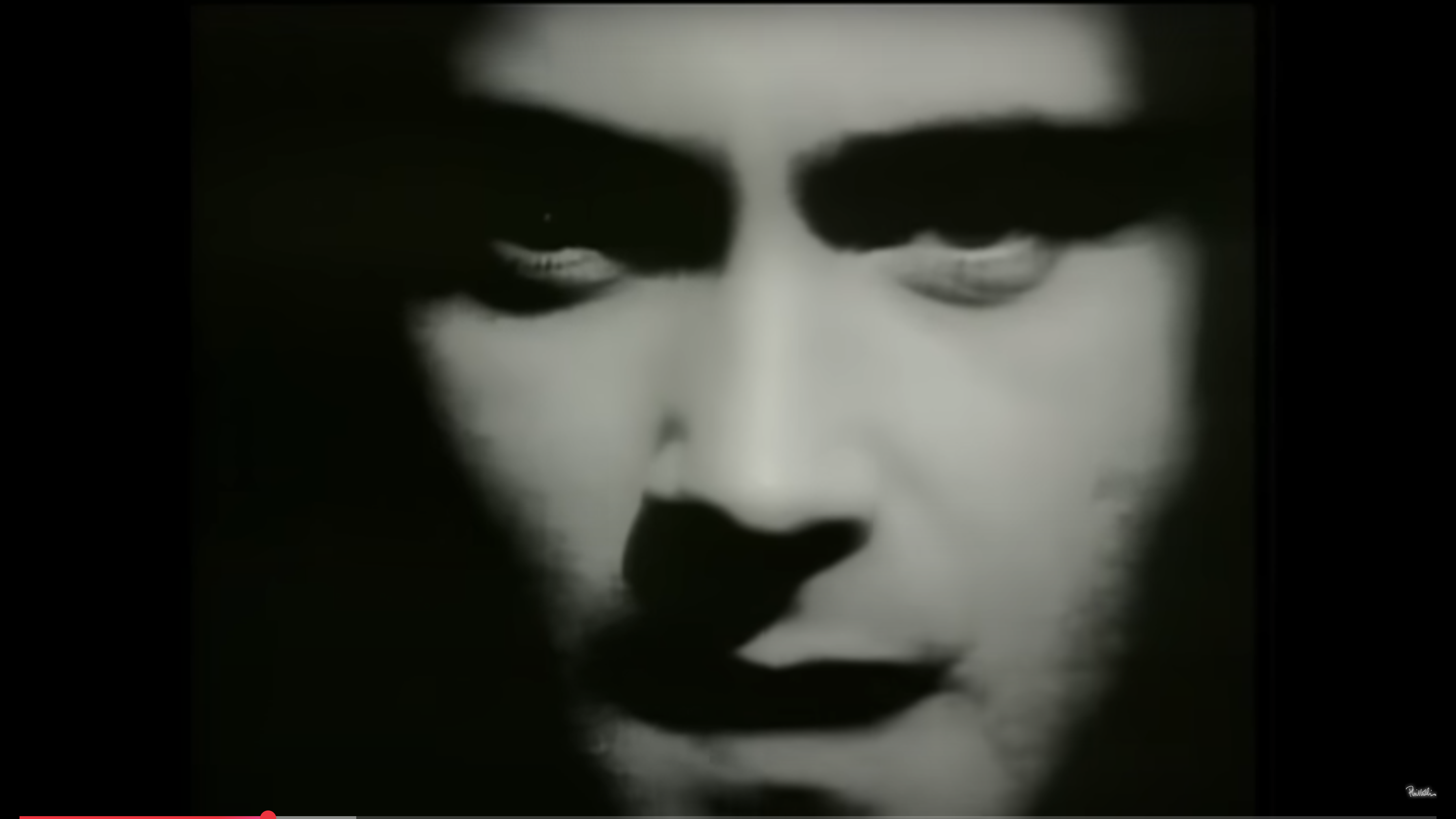
It’s been hailed as a rock oddity classic, a song that lies at the vanguard of experimental pop and one that set the template for the ’80s and all drum recordings of that decade.
It’s also a song that is best known for its mammoth drum fill, one that LA Weekly described as “the sleekest, most melodramatic drum break in history”.
In The Air Tonight was also the song that launched the solo career of its creator Phil Collins, a bold and defiant lead single from the Genesis lead vocalist’s debut album Face Value, and a track that was wrought with raw emotion and fuelled by marital woes.
When it was released as the lead single from that album on 9 January, 1981, it was unlike anything else that had gone before it in the pop charts.
It reached No.2 in the UK Singles Chart, kept off the top slot by the posthumous release of Woman by John Lennon.
In The Air Tonight was the song that thrust Collins as a mainstream solo artist into the limelight.
Over four decades on, it remains a bold, era-defining classic.
Get the MusicRadar Newsletter
Want all the hottest music and gear news, reviews, deals, features and more, direct to your inbox? Sign up here.
From his early years, Phil Collins was destined for live performance. By the age of 14 he was attending a stage school and had an uncredited part as an extra in The Beatles’ film A Hard Day’s Night (1964).
That same year, Collins was cast as the Artful Dodger in the West End production of the musical Oliver! — a role that only ended when his voice broke in mid-performance.
By 1967 he was being drawn towards music, drumming and touring with a number of bands, even playing congas on George Harrison’s song Art Of Dying in May 1970 (although his part wasn’t used) before answering an advert in Melody Maker in July 1970, which asked for a drummer “sensitive to acoustic music”.
The band was Genesis and their vocalist Peter Gabriel, a former drummer, recalled later that he knew in an instant when Collins sat behind the kit at the auditions that Phil knew what he was doing.
Gabriel was also impressed that Collins had played on a George Harrison song.
On 8 August 1970, Phil Collins became Genesis’s fourth drummer. For the next five years he also contributed backing vocals on the band's albums and in live shows.
In Mario Giammetti’s 2020 book Genesis 1967-1975: The Peter Gabriel Years, founding member Mike Rutherford recalled that “on drums Phil was immediately a huge lift. We had never had that kind of energy from the engine room before; it was just a whole different level”.
By the end of the ’70s, Genesis were a colossally successful band, selling out stadiums across the globe and racking up impressive record sales on both sides of the Atlantic.
Following an extensive tour in December 1978, they took a hiatus, when Collins flew to his home in Vancouver to try and save his failing marriage. He was unsuccessful and his wife Andrea Bertorelli returned to England with their children while living apart. Collins meanwhile returned to Old Croft, their home in Shalford, Surrey.
This was the emotional backdrop in Collins’ life as he embarked on sessions for his debut solo album Face Value and its lead single In The Air Tonight. Collins wrote the song amid the grief he felt over the breakdown of his marriage.
He turned the master bedroom of his Surrey home into a makeshift studio and demoed In The Air Tonight. He rejected the complex progressive rock excesses of Genesis for a simple three chord structure and a resolutely minimalist arrangement.
“I had to start writing some of this music that was inside me," Collins told Robyn Flans of Mix magazine.
He improvised the lyrics during a songwriting session at the studio.
“I was just fooling around,” he told Dave Thompson in his 2004 book Turn It On Again: Peter Gabriel, Phil Collins and Genesis. “I got these chords that I liked, so I turned the mic on and started singing.
“The lyrics you hear are what I wrote spontaneously. That frightens me a bit, but I'm quite proud of the fact that I sang 99.9 percent of those lyrics spontaneously".
Collins had a lo-fi drum pattern accompaniment to help guide his vocal.
“I'm not quite sure what the song is about,” he told Andy Greene of Rolling Stone in 2016, “but there's a lot of anger, a lot of despair and a lot of frustration.”
The one element that really marked out In The Air Tonight as different was Collins’ decision to eliminate cymbals on the drumming and focus on a tom-centric style.
He got the idea from Peter Gabriel, one year earlier, after playing on Gabriel’s third solo album, known as Melt.
Gabriel had asked the two drummers on the album, Collins and Jerry Marotta, to leave their cymbals, including the hi-hats, at home.
Gabriel reportedly did this to challenge the drummers and force them to be more creative. This echoed his belief that limiting creative freedom can actually lead to more innovative results.
As a result, the ‘Melt’ album stood out for its distinct sound, a more transparent and space-filled sound due to the absence of cymbals.
When Collins started work on In The Air Tonight, he incorporated tom-centric drumming into the track.
Collins also used a Roland CR-78 drum machine, its ‘Disco-2’ pattern and some programming as the foundation for the new song.
Sonically, the song features a series of ominous chords played on a Sequential Circuits Prophet-5 over the drum machine pattern at 96 bpm.
Written in D minor, the track also features processed electric guitar sounds and a vocoder effect on key words of the lyrics that have a dynamic impact on the song’s atmosphere.
But the sound that is arguably the song’s defining feature is the gated reverb on the drums, a sound that Collins had discovered while working on Gabriel’s album.
Hugh Padgham was the co-producer of In The Air Tonight and the whole Face Value album, recorded at Townhouse Studio in London’s Shepherd’s Bush.
In 2020, Padgham told Stuart Williams of MusicRadar that the gated reverb sound was discovered by Collins when he was playing on Intruder, the opening track on Gabriel’s album.
“Phil was a guest player on the album and he was mucking around with a drum sound,” said Padgham.
“The Solid State Logic console was quite new then, and it had a compressor/noise gate on every single channel. [Before] you had external compressors or external noise gates, but you had to patch them in, whereas with the SSL it was in every single channel. All you had to do was press a button and it was on.”
Padgham went on to explain that the whole essence of the sound is the compression, which results in an extremely fat sound.
“Then, the second that there is a lull in the sound, the gate just shuts it off,” he explained. “The drums were in a very live room. When you compress a sound in a live room it brings up all the background noise and the echo in a room.
“Therefore, when you go from something sounding big to nothing, you get this feeling of massive contrast. That is the whole essence of why the sound was so interesting because it is going from all to nothing in milliseconds.”
Much of the power of In The Air Tonight stems from its slow-building atmosphere.
There’s a sparseness to the sound, yet it’s the vocal hook “I can feel it coming in the air tonight” that holds the listener’s attention.
As a piece by writer Luke Edwards on the Dig! music website in January 2023 put it: “In The Air Tonight’s memorable vocal hook proves indelibly captivating… building a weight of unbearable anticipation before its earth-shattering drum break.”
A pulse-like digital rhythm intros the track before a heavily processed squall of overdriven guitar and a slowly bent guitar note usher in the iconic opening synth chords of Am-G-F 30 seconds in on a warm synth pad.
At 00:50, Collins’ vocals enter, with a short delay, some compression and a touch of reverb for space and warmth. A vocoder effect is used on the backing vocals.
The sheer spaciousness within the mix elevates the tension to real heights.
As the track proceeds the guitar squalls reappear at moments, the dulled drum machine rhythm pulses on and a few high digital sounds add texture.
Three minutes in, the vocoder effect on the line “I remember” sears through the mix before it settles back into the relative quiet.
In contrast to the relative quiet of the instrumental backing, Collins’ vocal is thick, rich and prominent in the mix.
Then at 3:40, comes the explosive gated reverb drum break as the whole track opens up with a massive unbridled dynamism.
“It was in this moment that Collins well and truly thundered into the ’80s,” wrote Luke Edwards on the Dig! Website, “introducing the world to the new drum sound that he and Padgham had pioneered. Loud and echo-laden, the drum fills Collins launches into see him channel his marital woes into an era-defining classic, heavy with deep-seated emotion and gravitas.”
For Collins, whose lyrics had emerged spontaneously, it was a moment that encapsulated the intensity of his pain over the break-up of his marriage.
“Anger, bitterness, hurt. All that stuff is in In The Air Tonight,” Collins said on the Face Value episode of the British TV documentary series Classic Albums, “and then finally losing your temper at the end when the drums come in.”
Like many of the greatest songs, the strength of In The Air Tonight lay in its complete disregard of the conventions of the time.
Its creative and commercial success were fuelled by Collins’ raw emotional pain and the bold creative vision that he and producer Hugh Padgham envisaged for the song.
In The Air Tonight is a seminal era-defining song and its gated drum effect would go on to dominate the sound of ’80s pop and rock, influencing artists such as David Bowie, Kate Bush and New Order along the way.
The song’s production, too, would have a profound influence on pop and rock music and breathe fresh life into the sound of the decade that was to come.

Neil Crossley is a freelance writer and editor whose work has appeared in publications such as The Guardian, The Times, The Independent and the FT. Neil is also a singer-songwriter, fronts the band Furlined and was a member of International Blue, a ‘pop croon collaboration’ produced by Tony Visconti.
You must confirm your public display name before commenting
Please logout and then login again, you will then be prompted to enter your display name.
“What I learned, I suppose, is just she's very good in the studio, and she knows what works”: Imogen Heap on Taylor Swift's "extremely efficient" writing and recording process
“After every take, Mutt would say, ‘Check the tuning, man!’ This went on and on for almost a year. One day, I just gave him the guitar and said, ‘You tune it. I can’t take this anymore!’”: How legendary producer Mutt Lange drove the Cars half-mad

